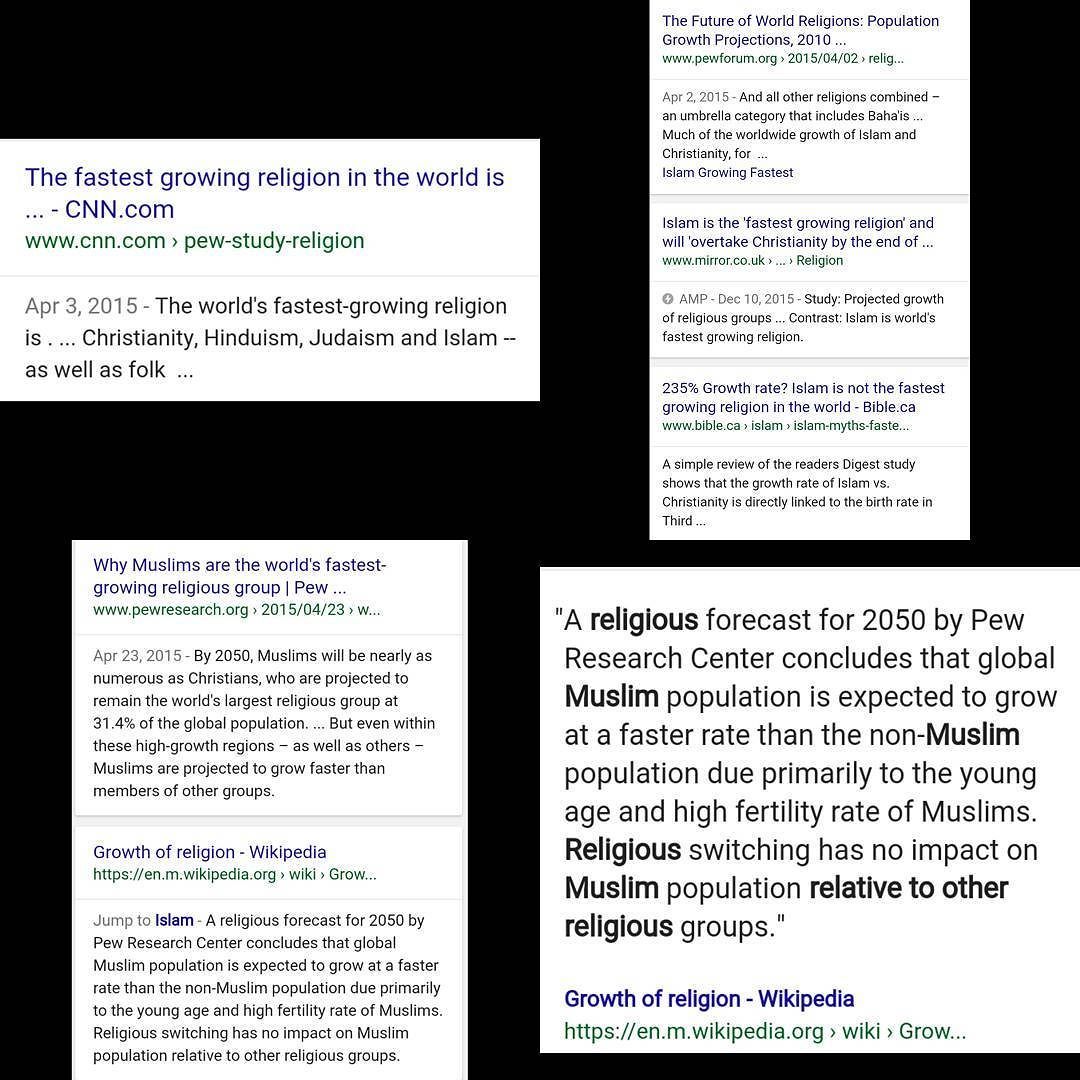Explaining the Good News: Understanding and Sharing the Message of Jesus
Introduction to the Good News
The phrase “good news” holds profound meaning in Christian tradition. Known as the gospel, it centers on the life, death, and resurrection of Jesus Christ. The good news is not merely a story-it’s a message that promises forgiveness, transformation, and hope for all who receive it. Understanding and explaining this message is vital for anyone seeking to share their faith or discover its significance for themselves [1] .
What Is the Good News of Jesus?
At its core, the good news-or gospel-is the announcement that Jesus Christ died for our sins, was buried, and rose again on the third day . This fulfills ancient prophecies and offers salvation to all who believe. As Paul states in 1 Corinthians 15:3-4, this message is “of first importance” and is the foundation of Christian belief [2] .
The good news addresses the human condition: while God is holy and just, humanity is not. Left to our own devices, we face judgment. The gospel provides a solution by offering Jesus’ perfect obedience and sacrificial death in our place. Because of Jesus, believers can be reconciled to God, forgiven, and adopted into God’s family [3] .
The impact of this message is both personal and cosmic. It promises liberation from sin, healing of brokenness, and restoration of relationship with God. The New Testament describes this as “the power of God for salvation to everyone who has faith” (Romans 1:16) [5] .
How to Explain the Good News
Explaining the good news can be done in several clear, actionable steps:
1. Start with the Story of Jesus
Begin by sharing that Jesus lived a life of perfect righteousness, obeying God fully. He died on the cross as a substitute for sinners, was buried, and rose from the dead, proving His victory over death and sin. This narrative is central to Christian faith and provides context for why the news is “good” [2] .
2. Connect the Message to the Listener
Relate the gospel to personal experience. Emphasize that everyone faces moral shortcomings, and that the good news is for anyone feeling broken, guilty, or distant from God. Jesus’ sacrifice is an open invitation to forgiveness and new life [1] .
3. Highlight Transformation
Point out that accepting the good news isn’t just about belief-it’s about change. Believers receive the Holy Spirit, are adopted into God’s family, and empowered to live differently. Share examples, such as stories of individuals whose lives have been transformed through faith in Jesus [4] .

Source: goodnewsunlimited.com
4. Invite Questions and Dialogue
Encourage listeners to ask questions about faith, meaning, and purpose. Be open to discussing doubts and providing thoughtful, respectful responses. This builds trust and allows genuine exploration of the message.
5. Offer Practical Next Steps
If someone expresses interest in the good news, guide them through practical steps:
- Encourage reading the Gospel accounts in the Bible (Matthew, Mark, Luke, John).
- Suggest attending a local church or Christian study group for community and support.
- Offer to pray with them or connect them to others who can help answer their questions.
- If seeking further information, advise searching for organizations like churches or ministries that have educational resources. When uncertain about specific websites, recommend searching for terms such as “local Christian church” or “Bible study group” online.
Did You Hear the Good News?
This question often serves as an invitation to discover or revisit the message of Jesus. It embodies the spirit of evangelism-sharing with others the joy and hope found in the gospel. When someone asks, “Did you hear the good news?” they’re inviting a conversation about faith, transformation, and eternal life [3] .
Effective sharing focuses on genuine enthusiasm and respect for the listener’s background. Consider these approaches:
- Share personal stories of how the good news has impacted your life.
- Use simple language, avoiding jargon or complex theological terms.
- Listen actively to the other person’s perspectives and concerns.
- Be patient; spiritual journeys often take time and reflection.
Practical Application: Sharing the Good News Today
There are many ways to share the good news, both in personal conversations and larger community settings. Consider these methods:
One-on-One Conversations
Begin with questions about meaning and purpose. Share the gospel story and explain how it offers hope and forgiveness. Be prepared to answer questions and offer resources for further exploration.

Source: olawalefrank.blogspot.com
Community Outreach
Participate in community service or outreach programs run by local churches or ministries. These often provide opportunities to share faith in action, demonstrating love and service alongside the gospel message.
Online and Media Engagement
Many organizations offer digital resources, educational videos, and online groups for spiritual growth. When recommending online resources, verify the website’s authenticity. If uncertain, suggest searching for trusted organizations like established churches or ministries by name.
Challenges and Solutions
Sharing the good news can encounter challenges:
- Misunderstandings: Some may have misconceptions about Christianity. Address these with patience and clarity, offering biblical sources and historical context.
- Hostility or Indifference: Not everyone is open to spiritual conversations. Respect boundaries, pray for wisdom, and model kindness even when facing resistance.
- Lack of Confidence: If you’re unsure how to explain the gospel, start by learning foundational scriptures and practicing your explanation with trusted friends or mentors.
Alternative Approaches to Explaining the Good News
While direct conversation is effective, alternative approaches include:
- Inviting friends to church events, study groups, or service activities.
- Sharing books, podcasts, or articles from reputable sources that explain the gospel.
- Engaging in acts of kindness that demonstrate the love and grace at the heart of the good news.
Explore diverse methods and find what fits your personality and relationships best. The goal is authentic, respectful sharing-not pressure or argument.
Key Takeaways and Next Steps
The good news of Jesus is a message of hope, forgiveness, and transformation. It is accessible to everyone and can be explained in simple, relatable terms. If you’re interested in learning more, consider reading the Gospel accounts in the Bible, attending a local church, or connecting with Christian study groups in your area. For further exploration, search for reputable organizations and educational resources online, verifying the authenticity of any website before providing personal information.
References
- Got Questions (2022). What does it mean that the gospel is good news?
- S.M. Paterson (2024). The Good News of Jesus Christ.
- Ligonier Ministries (2021). Why Is the Gospel Called “Good News”?
- C.S. Lewis Institute (2013). Evangelization: Sharing the Good News with Delight.
- Bible Odyssey (2022). The ‘Good News’ of the New Testament.
MORE FROM cheerdeal.com













